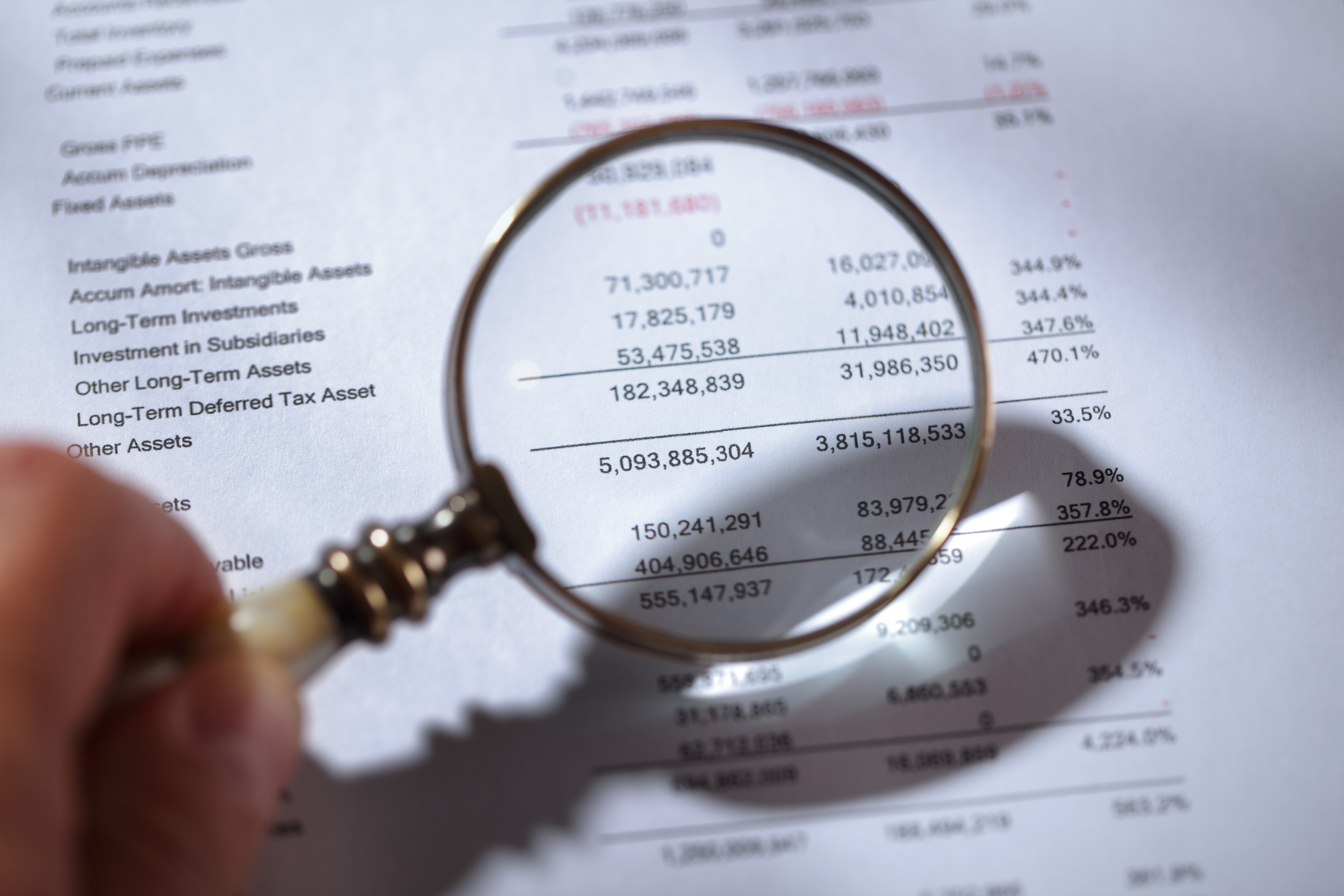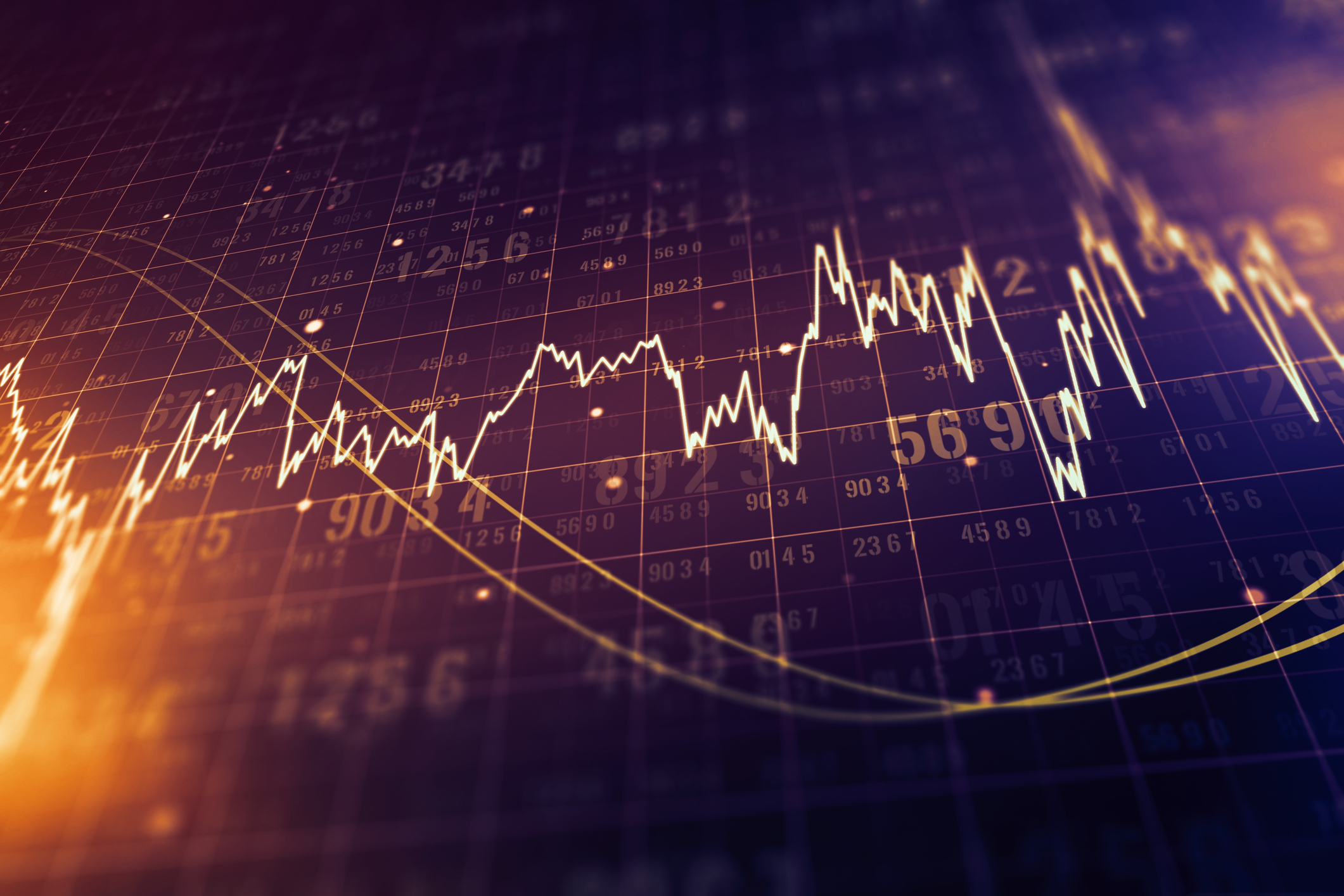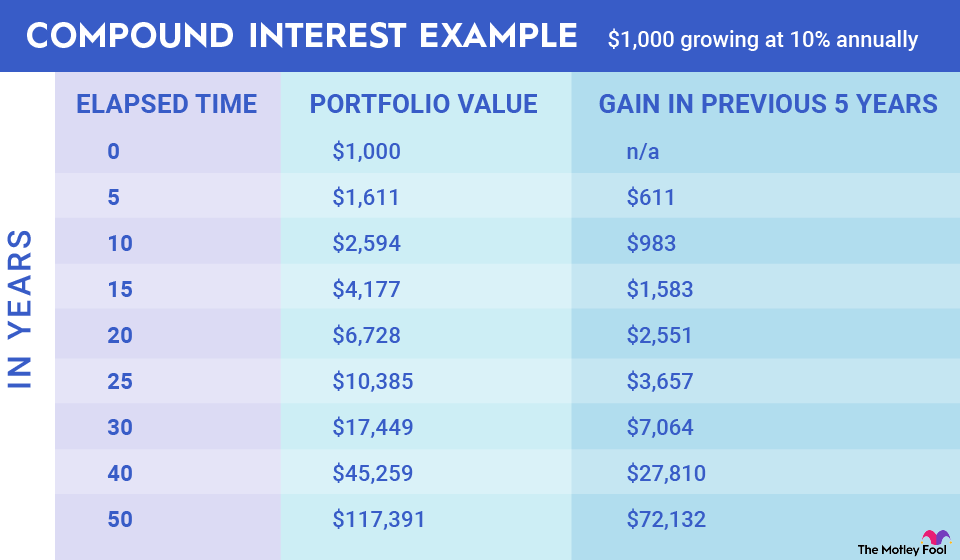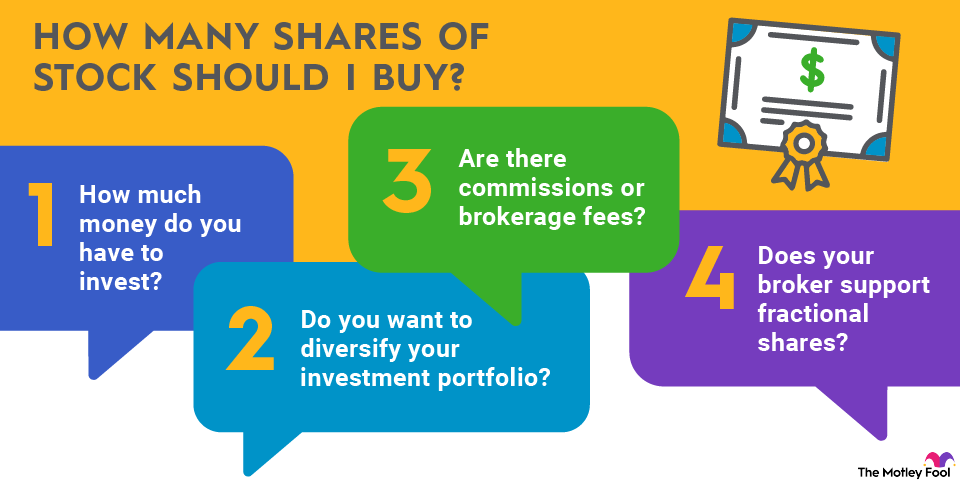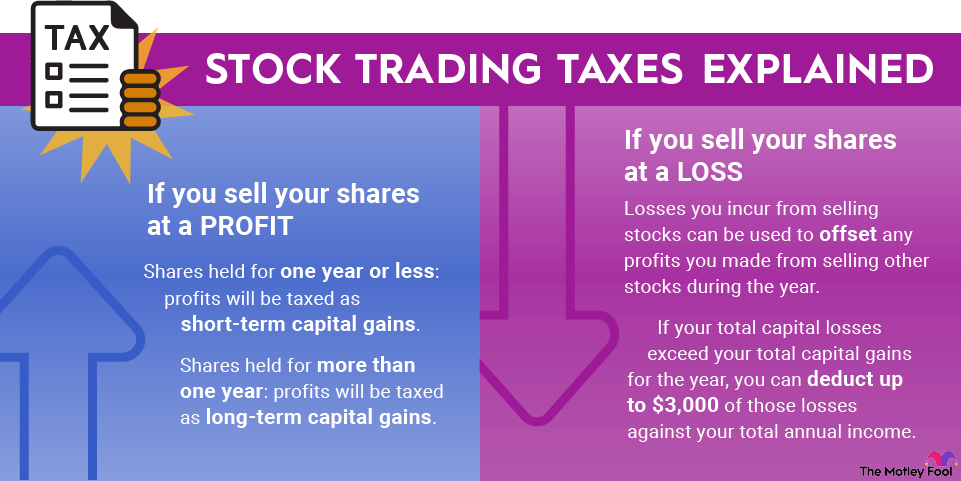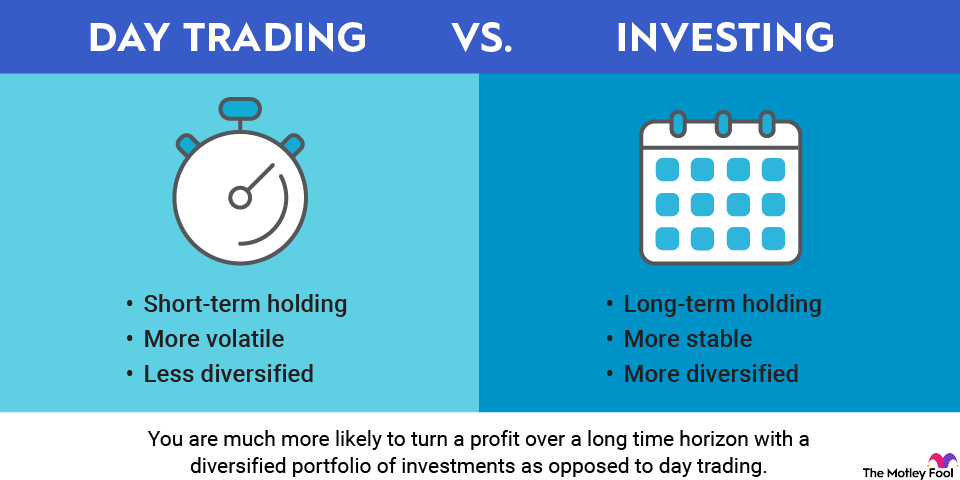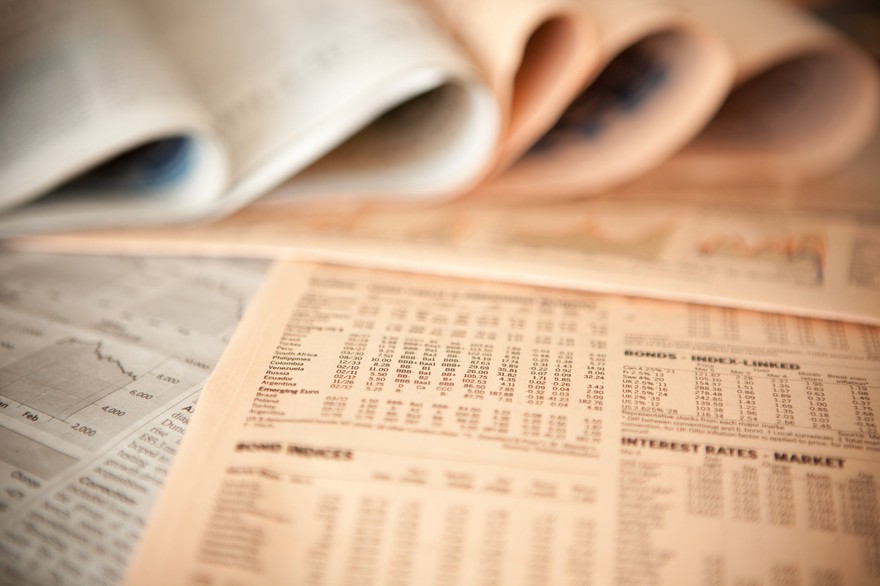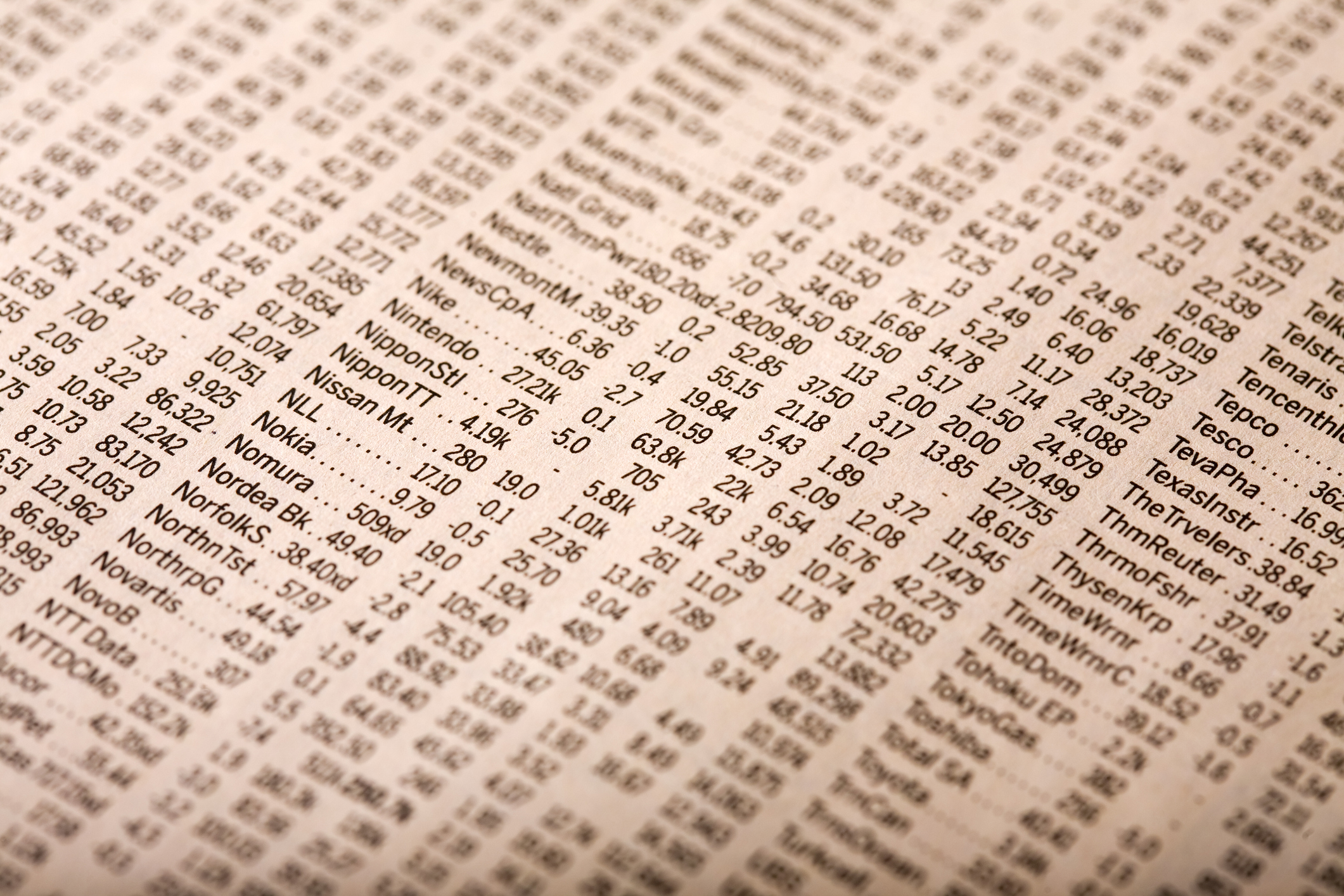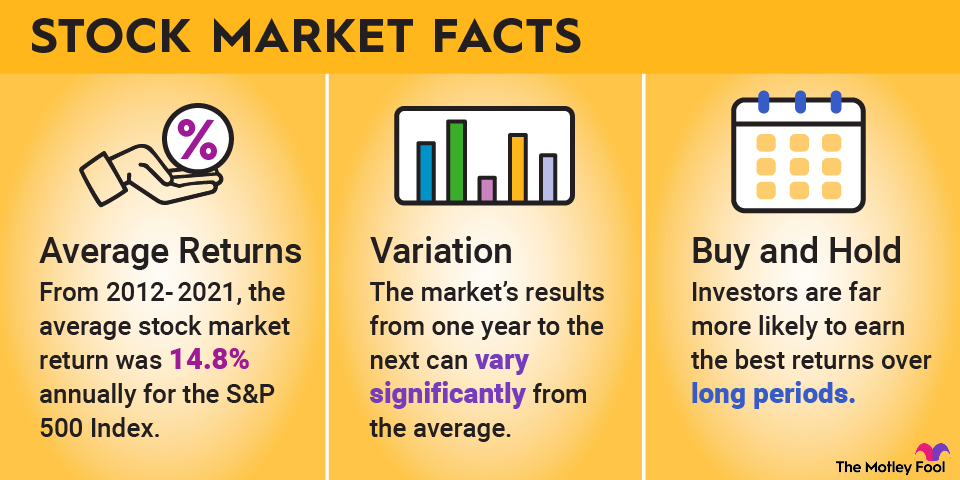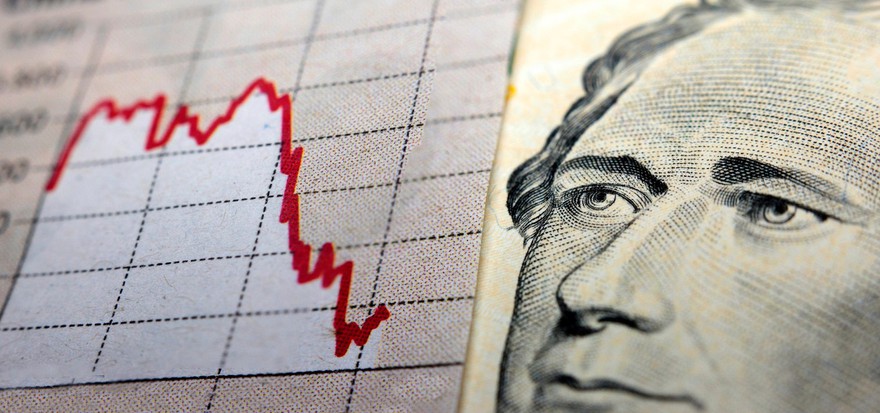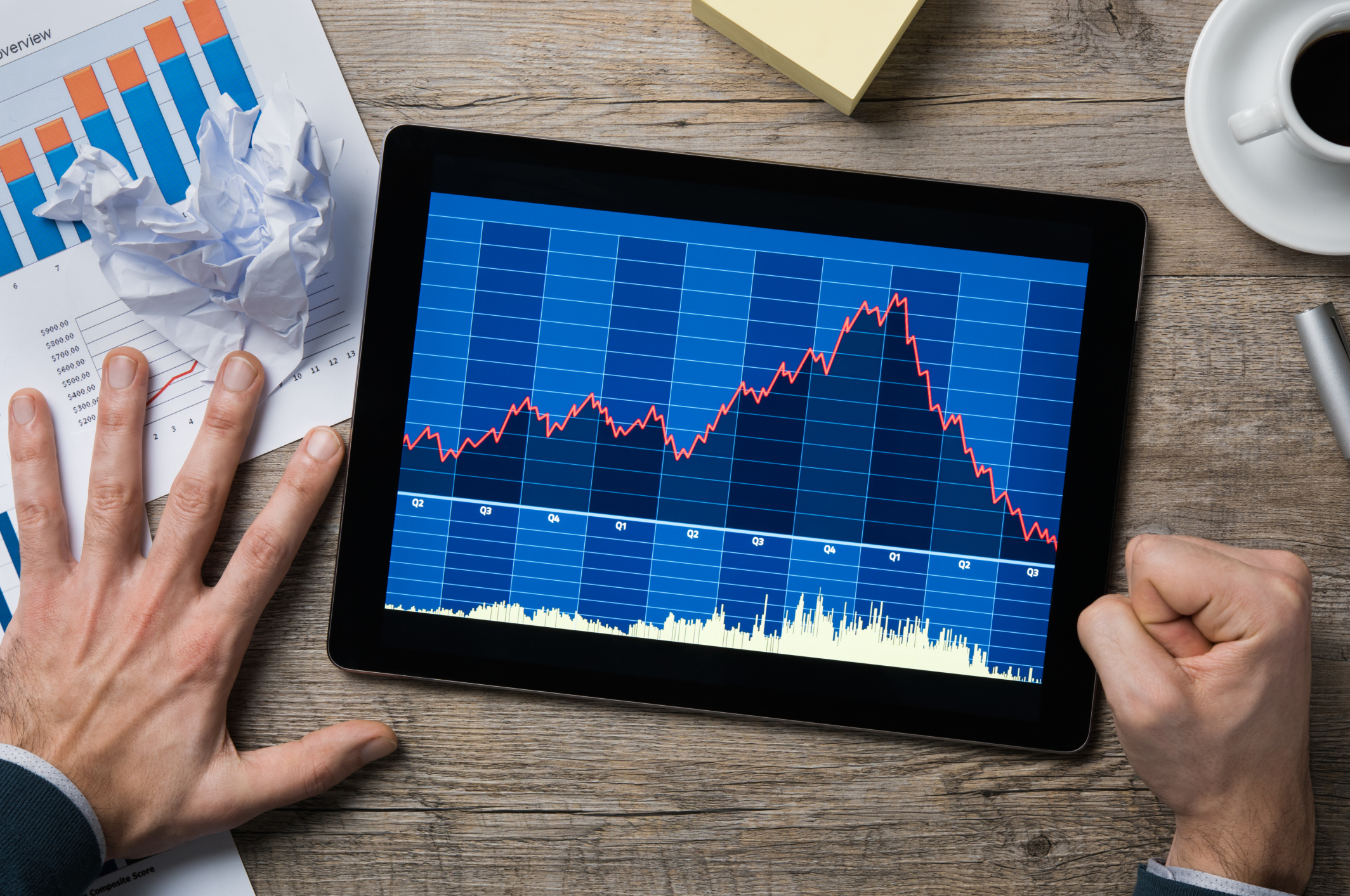For a lot of investors, calculating future stock price is the absolute Holy Grail of investing. And why not? Everyone wants to know if they're getting a great deal and what to expect from their investments in the future. Let's look at a few ways this can be calculated and what types of stocks are predictable.

Calculating future expected stock price
If you could know exactly how much your stock investment would be worth in a year, two years, or 10 years, you'd want to know, wouldn't you? For some stocks, it's possible to attempt to predict this figure if you assume a lot of things that may or may not be able to be consistently true.
The major model, called the Dividend Discount Model (DDM), is used for calculating the fair value of stocks in the future, and it has spawned a few models of its own, including the simplified and popular Gordon Growth Model (GGM).
To calculate the future expected stock price based on the GGM, you'll need to know the dividends per share, the growth rate of the dividend, and the required rate of return for you as an investor.
Unfortunately, there is no reliable way to predict the future expected stock price for a company without dividends, although some people use the compound annual growth rate (CAGR) to try to predict the future growth of stocks in their portfolio. Keep in mind that CAGR is not meant to be predictive, although it can sometimes be used with a few non-dividend stocks that have very reliable and steady growth patterns.
CAGR = ( ( Current Stock Value / Initial Stock Value) ^ 1 / Years Invested ) – 1
When using CAGR, you'll have to carefully choose the time frame to help predict future gain. If you have a stock that was formerly a growth stock, for example, but is now just a mid- to large-cap stock, you may want to only use more recent data to figure out its potential future growth since it can't grow like it did when it was small.
Let's look at an example of a less-volatile stock. If your current stock's value is $200 and it was initially purchased for $100 five years ago, you'd use this math to attempt to predict future gains:
CAGR = ( ($200 / $100) ^ 1/5 ) – 1
Here, CAGR would equal 14.87%, the rate at which you can expect your stock to grow annually if all of your assumptions were correct.
Expected price of dividend stocks
When using the Gordon Growth Model, you must have a dividend-paying company that has been delivering a consistent dividend over time. Otherwise, predicting the next dividend payout is complete guesswork, making this model useless.
Calculating using the Gordon Growth Model is pretty straightforward. You simply take the predicted dividend for the next year (DPS1), based on the growth rate of the dividend over time, and divided by your minimum rate of return (r) minus the dividend's growth rate (g) (see below).
(Understand that in this model, you're assuming that the dividend will grow forever at a set rate, which is obviously impossible, but models aren't real life. This rate also shouldn't realistically exceed the growth for the overall economy in which your stock operates
-- national or global -- by more than about two percentage points to really be considered sustainable.)
The formula used by the GGM is:
Value of Stock = DPS1 / (r – g)
So, if you have a theoretical stock listed at $125, its predicted dividend is $3 for next year, the dividend's growth rate is 5% annually, and you want to see an 8% rate of return, that looks like this:
Value of Stock = $3 / (.08 – .05) = $100
If you were to invest in this stock today at $125, you could expect to have overpaid a fair amount since your GGM shows it's only worth about $100. However, if you scooped it up at $90, you probably did well. (Please note: The GGM is not the only factor to consider when pricing and choosing stocks)
Limitations
Predicting future stock prices is not the easiest thing to do, but some models can help you have a better idea of the value of a stock in the future. However, the stocks you can use these models with are limited to those that have consistent growth rates and a long history to display steady growth trends.
So, for example, you wouldn't be able to use this with most tech stocks or other growth stocks. They have largely not had much of a track record, and their stock prices can be more easily influenced by market sentiment rather than variables like steady dividends or reliable earnings.
Also, you need to be very aware of the global economic environment. If the economic picture is solid and no hiccups are present, your models could be fairly spot on, but when things become erratic and unpredictable -- as they have been, more or less, since the COVID-19 pandemic -- trending data can also become a lot less reliable.
Related investing topics
So, can it be done?
Calculating the future expected stock price is an achievable goal if the stock you're looking at has a long track record of steady dividend or earnings growth and nothing unusual is happening in the economy that might throw a curveball into your equations. Remember that you can't predict everything that might happen in the economy that can affect the market, so you may be much better served by simply buying companies you believe in and want to own, as opposed to companies that mathematical models predict to be bargains.
